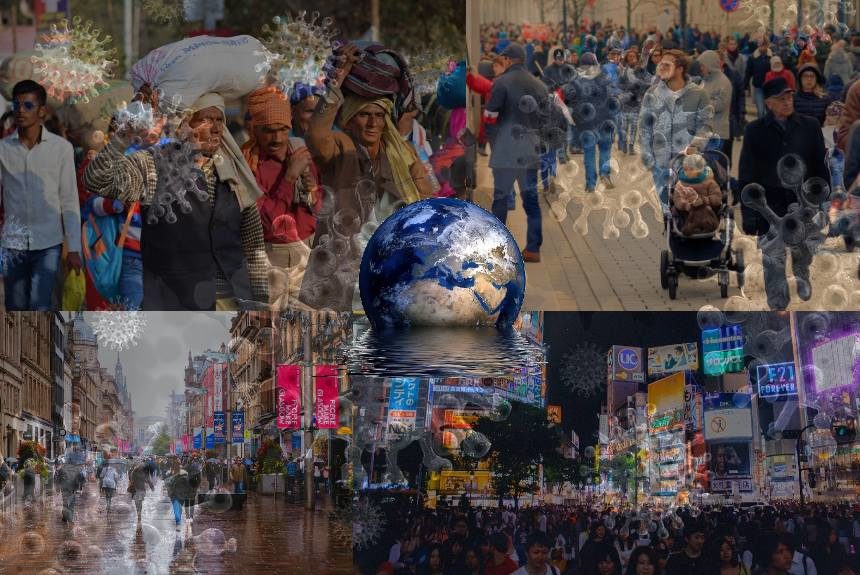An article on USA Today cites a study by Dr. Anthony Fauci and medical historian Dr. David Morens, both of the National Institute of Allergy and Infectious Diseases, about the emerging pandemic diseases leading to COVID-19.
The study explains how pathogens transfer from an animal host to humans and the dynamics and interactions between humans, animals, and the environment that give rise to deadly infectious diseases and their eventual spread.
Researchers looked at past epidemics and pandemics as early as 430 BCE up to the present day COVID-19 that has plagued humans and which part of the globe these diseases have come from historically.
According to the study, COVID-19 will not be the last infectious disease that will afflict us humans, and threats will continue to come from emerging diseases, re-emerging, deliberately and accidentally emerging contagious diseases. “Established diseases may also re-emerge, for example, by extending geographically or becoming more transmissible or more pathogenic,” it says.
The emergence of diseases reflects the dynamic balances or imbalances of our ecosystems that include humans, animals, pathogens, and the environment, and understanding these variables is a step towards controlling the emergence of devastating diseases, the study says.
Human manipulation of nature started around 12 thousand years ago when human gatherers domesticated animals for food. The study says it was when deadly diseases like smallpox, measles, bubonic/pneumonic plague, and Justinian plague emerged, killing a significant number of the population.
Fast forward to the present day, anthropogenic climate change and the continuous degradation of the environment will again affect the dynamics and movements of humans and animals, which can trigger the emergence or re-emergence of deadly diseases.
Dr. Morens said that we have entered a pandemic era, and the causes include deforestation, urban crowding, and wet markets for wild game (Rice, 2020).
Climate change’s role in spreading diseases is complicated, as viruses tend to survive in cold temperatures. However, with a warming climate, people tend to stay indoors in airconditioned rooms, thus making the spread of diseases easier, according to a meteorologist, Jeff Masters (Rice, 2020).
Rice (2020) says that warming also creates opportunities for pathogens to spread. As some parts of the globe heat, animals, both the land and sea, will move towards the poles to get away from the heat towards the poles and will get into contact with new animals that otherwise they would not, so this would create pathogens to jump into new hosts.
The way to limit the spread of infectious diseases is to “vastly reduce greenhouse gas emissions and limit global warming to 1.5 degrees”, says Dr Arron Bernstein, director of Harvard University’s T.H. Chan C-CHANGE program (Rice, 2020).
The study concludes that while science will eventually provide the cure for endemics and pandemics and come up with lifesaving diagnostics and systems to prevent the spread of diseases, evidence shows that SARS, MERS, and COVID-19 are just the beginning of the many deadly viruses that will come.
We live in a human-dominated world, and our actions that damage nature and our environment will have fatal consequences, which would hopefully force us to think about how we can change our behaviour, it adds.
To read the entire study, click on the button below:
Source
Morens, D. & Fauci, A. (2020, September 3). Emerging Pandemic Diseases: How We Got to COVID-19. Cell. Retrieved from https://www.cell.com/action/showPdf?pii=S0092-8674%2820%2931012-6
Rice, D. (2020, September 10). Scientists are seeing an ‘acceleration of pandemics’: They are looking at climate change. USA Today. Retrieved from https://www.usatoday.com/story/news/nation/2020/09/10/climate-change-covid-19-does-global-warming-fuel-pandemics/5749582002/



Leave a Reply